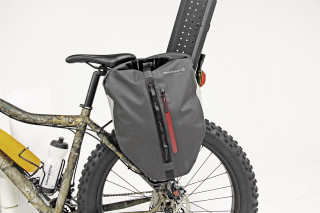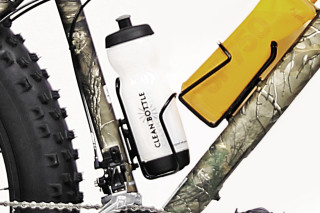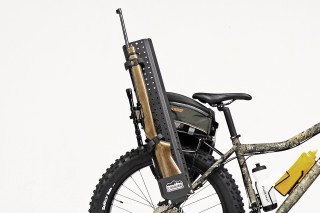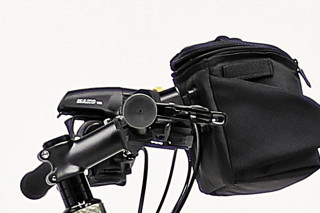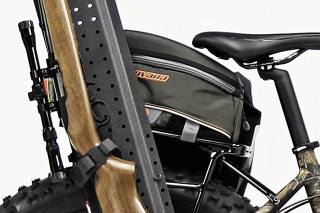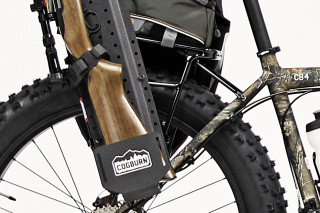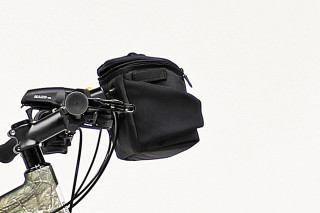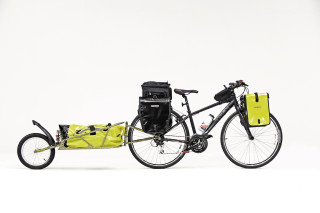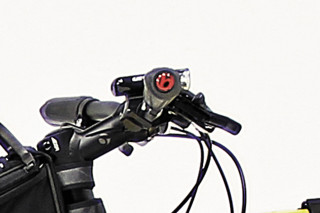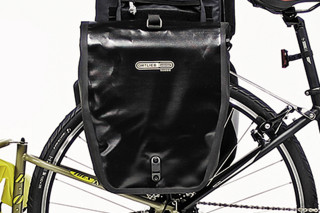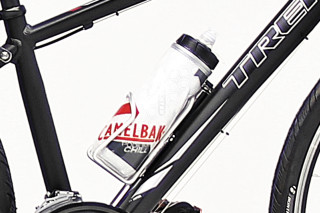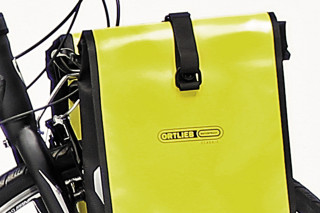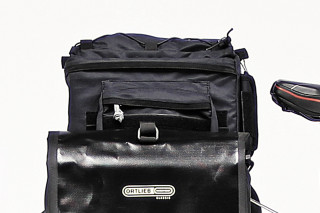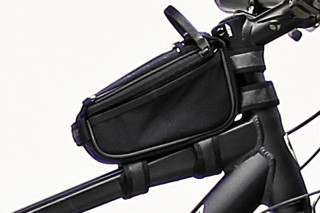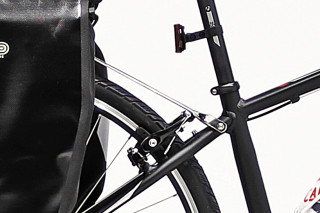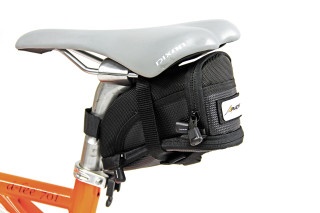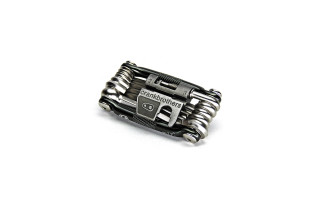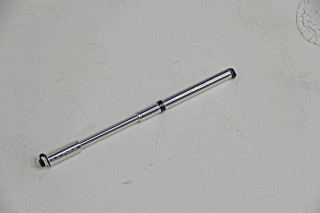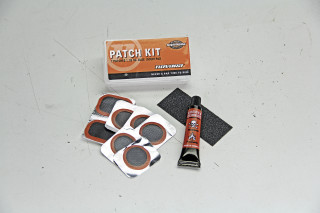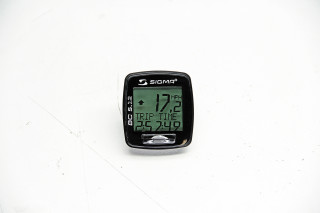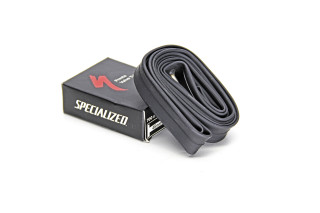If you’ve been following our daily posts here on OFFGRIDweb, you may recognize the name AquaPodKit. We previously mentioned this clever emergency water storage system in a short post, which you can read here. Since the product seemed like a valuable resource for preparedness, we went ahead and ordered an AquaPodKit system to thoroughly test out.
About AquaPodKit

The AquaPodKit PlusOne, with 2 plastic liners, sealing sleeve, pump, zip ties, and instructions.
To recap from our previous post, the AquaPodKit is a complete liner and pump setup that includes everything you need to store clean water in your bathtub.
Why the bathtub? Well, it’s already designed to hold large amounts of water, often 65 gallons or more. That’s enough water to keep you clean and hydrated for nearly 2 months, or enough to supply a family of four for 14 days. So, it’s logical to make use of this capacity in emergencies. This allows you to be prepared for a disaster that may disable or contaminate your running water supply for an extended period.
This brings us to the concept of cleanliness. Unless you obsessively scrub your bathroom on a daily basis, you probably wouldn’t want to eat or drink anything that’s sitting directly on the tub floor. Adding time to the mix just provides added opportunity for mold and nasty bacteria to grow in the stagnant exposed water.

Even if your bathroom looks clean, it’s still host to a variety of bacteria you don’t want to ingest.
The idea behind the AquaPodKit is to ensure that your drinking water stays sealed in a food-grade liner, making it safe for long-term storage. On top of this, AquaPodKit provides a convenient and easy-to-assemble pumping mechanism for dispensing water as needed.
In order to test if this system works as well in practice as it would seem to in theory, we decided to order one for ourselves.
Buying a Kit
All of the AquaPodKit products are available directly from the manufacturer’s web site, AquaPodKit.com. Notice we say products plural—there are actually several variations and options to consider beyond the basic kit.

The AquaPodKit PlusOne (rear) and AquaPodKit with WaterBasics Pump and Filter (front).
The standard AquaPodKit sells for $24.99, which seems pretty reasonable to us. However, it only includes one liner, and once that has been filled and drained, it must be thrown away to prevent mold growth or other contamination. Additional liners are available for $12.99 each.
Alternatively, you can buy the PlusOne kit, which includes two liners right off the bat for $34.99. This way, you avoid the hassle of re-ordering a new liner after the first use (and you save a few bucks, too).

Here’s everything that’s included in the upgraded AquaPodKit with WaterBasics Pump and Filter.
There’s one more option to consider: the AquaPodKit with WaterBasics Pump and Filter. This upgraded kit is available for $39.99, and includes a WaterBasics pump and Green Line filter from the water purification experts at Aquamira. The pump makes dispensing water easier than the standard squeeze bulb, and the filter is capable of removing over 99.9999% of bacteria from water. It even eliminates any unpleasant tastes or odors that may be present.
We went ahead and ordered the $34.99 PlusOne kit, and also the $39.99 upgraded kit with WaterBasics pump and filter. After unboxing both and flipping through the instructions, it was time to test the system out.
Setup and Filling

The first part is pretty obvious: lay out the heavy-duty 4-mil Linear Low Density Polyethylene (LLDPE) plastic liner in the tub. It’ll need to be unfolded with the open end under the tub spout.

Next, pull the opening in the liner up over the spout, and secure it with the included zip tie. This makes sure the liner won’t slip off while it’s being filled. However, don’t over-tighten this, as you’ll need to cut it off later.

Now you’re ready to turn on the water flow and start filling the liner. Although the liner will hold up to 100 gallons of water, most tubs only hold 70 gallons. AquaPodKit’s instructions recommend you fill the liner to “a few inches” below the edge of your tub, which should be about 65 gallons.
After 10 to 15 minutes, the liner should be filled up. Some air pockets may have formed and inflated the bag slightly, but that’s nothing to be concerned about.

Use some scissors or wire cutters to remove the zip tie from the spout, then pull the open end of the liner off it as well.

Next, you’ll install the sleeve to seal the liner. Before you do this, you may want to compress the liner a little, and let air pockets that formed during filling escape. Then pull the liner’s opening up through the inner portion of the blue plastic sleeve.

Roll the liner’s opening down over the inner sleeve. This will provide a tight seal that keeps out bacteria and contaminants.

Finally, push the outer sleeve and cap onto the inner sleeve. If you have the basic kit, the pump would be connected directly to the sleeve cap. In the case of the upgraded WaterBasics kit seen here, there’s a blue rubber hose that will attach to the pump.
Dispensing Water

To dispense water, you’ll need to connect either the standard bulb pump, or the upgraded WaterBasics orange pump. For the WaterBasics system, the hose is attached to the pump via a threaded fitting.

With the fitting tightened, the pump is ready to go. Yes, we’ll admit it looks a lot like an off-brand Super Soaker.

Dispensing water is easy with the pump, albeit slower than we expected. It took several minutes to fill this 3-gallon wash bucket.
Optional WaterBasics Filtration

For dispensing drinking water, we recommend installing the included WaterBasics filter. It removes bacteria, unpleasant tastes, and odors from up to 80 gallons of water (more than one bathtub full).

Simply press the filter firmly into the pump, ensuring the “water flow” label is pointing the right direction. Then you’re ready to start pumping water again.

Fill up your canteen, cooking vessel, or even a hydration bladder if you’re heading out for supplies. There’s more than enough clean water to go around.
Conclusions

AquaPodKit says the water inside the liner can stay fresh for up to 8 weeks, depending on humidity and temperature conditions. Also, as we said before, the 65 gallon capacity is enough to supply a family of four for about 14 days (or much more if the water is carefully rationed). That means you should have more than enough water to get through a short-term disaster, or at least buy yourself time to find an alternative water source.
The AquaPodKit is a great tool for anyone who plans to hunker down at home if a disaster hits. It’s simple enough that even young children could learn how to fill and use it, and it’s available at an extremely affordable price point. The WaterBasics filtration option also provides a lot of added value, considering it’s only $15 more than the basic kit, so we’d definitely recommend that version if you choose to buy an AquaPodKit product.

To sum things up, here are some pros and cons:
Pros:
- Very simple to fill and use.
- Affordable price point.
- Optional WaterBasics filter removes bacteria for added safety, and also improves taste.
- Made in the USA. Assembly of the kits supports local organizations, such as the Austin State School of the Aged and Disabled, in Austin, Texas.
Cons:
- Pumping water manually is slow and labor-intensive.
- Added back-pressure from the water filter tends to cause the WaterBasics pump’s seals to leak and drip if you pump quickly.
For more information on these emergency water storage systems, visit AquaPodKit.com.























